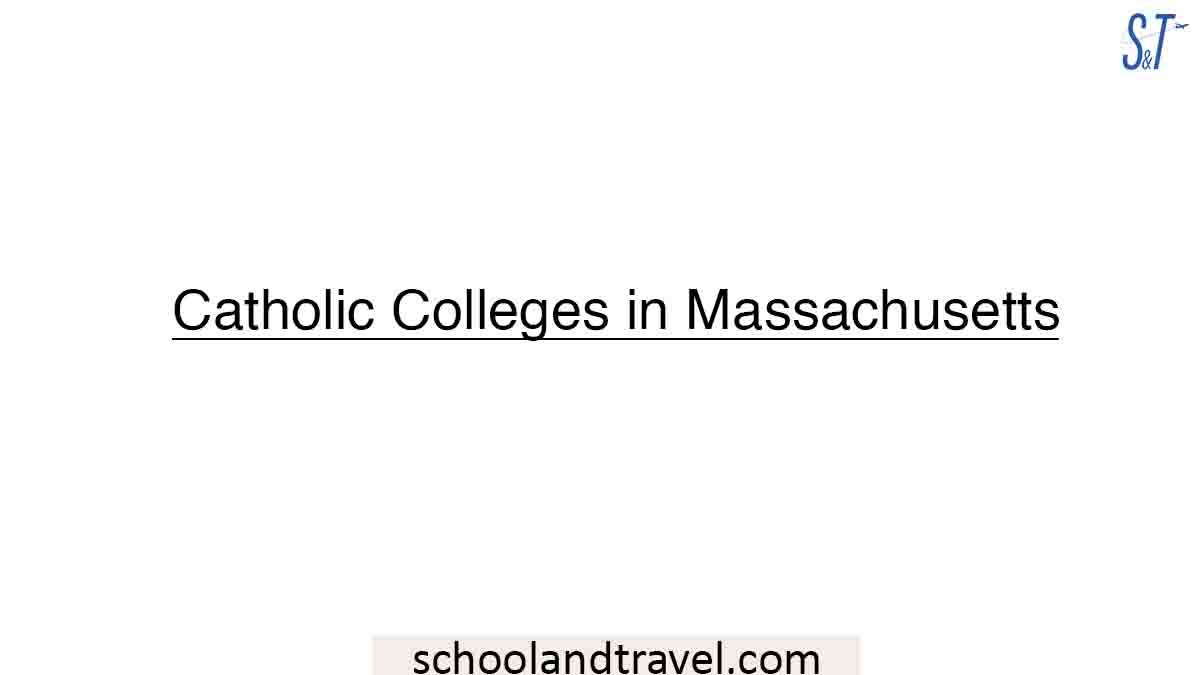SAGES test is a high-level assessment that identifies talented students between the ages of 5 to 14.
This test examines the academic abilities of children to detect those who have exceptional academic gifts and mental capacity.
SAGES test helps teachers and parents to recognize students who are not proficient in school. Hence, the SAGES tests should be encouraged by all teachers and parents.
Thus, this article will provide more insight into the SAGES test, including its benefits, meaningful information, and how to boost children’s learning skills.
What is SAGES Test?
The SAGES test, which means Screening Assessment for Gifted Elementary and Middle School Students, is a standardized test established by doctorate holders Anne L. Corn and Susan K. Johnsen to recognize talented students in Kindergarten through 8th grade.
The SAGES test further helps to detect children with outstanding academic capability and exceptional educational gifts.
It is one of the most accurate academic evaluation tests for children.
What is Sages-3 Test?
The Screening Assessment for Gifted Elementary and Middle School Students–Third Edition (SAGES-3) is a test based on standards to find gifted or talented children in general intellectual ability and academic aptitude.
The SAGES-3 has two levels: K–3, which is for students in kindergarten through third grade, and 4–8, which is for students in fourth through eighth grade. Each level has four tests inside of it.
The first subtest, Nonverbal Reasoning, looks at how well a student can solve problems by figuring out how figures and pictures are related.
Subtests of the SAGES Test:
1. Mathematics and Science:
This test measures the achievement of a student. In other words, it assesses the level of intellect a pupil or student has garnered over their years in school.
The Mathematics and Science subtest questions are analytical and prepared in a Multiple Choice Questions format (MCQ).
This subtest tests students’ understanding, retentive, and usage abilities in Mathematics and Science.
Moreover, the syllabus of the test comes from recent textbooks and scholarly articles.
2. Language Arts and Social Studies:
Like the Mathematics and Science subtest, the Language Arts and Social Studies subtest also measures students’ achievement.
This test adopts the Multiple Choice Questions exam pattern.
The Language Arts and Social Studies subtest assesses students’ understanding, retentive, and usage abilities in both Language Arts and Social Studies.
Questions in this section are phonological and come from classical and recent literature textbooks.
3. Reasoning:
The reasoning section measures the aptitude or capabilities of a student by assessing them through some cognitive questions.
This subset tests the problem-solving abilities of pupils and students and their capabilities to adjust to new circumstances and responsibilities.
Moreover, in the reasoning section, students must recognize objects and provide relationships between different objects.
SAGES-3 Test Score Interpretation
The “SAGES-3 Test Score Interpretation” refers to understanding the results of the “Screening Assessment for Gifted Elementary and Middle School Students, Third Edition.”
This tool is used to identify gifted students.
The interpretation involves analyzing scores to understand a student’s strengths, potential for advanced academics, and areas needing support, helping educators make informed decisions about a student’s educational needs.
Benefits of the SAGES test
SAGES test is an effective way to identify children with exceptional abilities.
Moreover, it is better than most gifted and talented tests in the following ways;
1. Reliability:
The reliability levels of the SAGES test are very high.
2. Accuracy:
The validity document contained in this test gives precise and acceptable results.
3. Multitask:
The SAGES test measures aptitude and achievement, which most gifted and talented tests do not offer.
4. Intellectual yardstick:
The SAGES test can evaluate the strengths and weaknesses and measure the specific abilities that require development.
Tips to note about the SAGES Test
1. Categories of test:
The SAGES test has two categories of test. The first category of the test is for children in Kindergarten through Grade 3, while the second category is for children in grades 4 through 8.
2. Reading of questions:
The test questions are to be read for children taking the first category of the test.
On the contrary, children taking the second category of the test must read the questions by themselves.
3. Exam pattern:
SAGE test is a Multiple-Choice Question examination that offers five choices.
4. Score ranges:
A score above 130 is an excellent score, a score between 121 and 130 is a good score, scores between 111 and 120 are average scores, and any score between 90 and 110 is considered weak.
5. Duration:
Each subtest lasts for twenty minutes, giving one hour for the entire test.
How to Boost Learning Skills in Children
A child’s performance in the SAGES test indicates a child’s learning abilities.
If a kid does not excel in a SAGES test, it proves they are not learning well. Hence, here are some ways to boost the learning skills of children;
1. Form a mini library:
Children learn effectively by seeing things.
Creating a mini library for any child and stocking them with countless reading materials will boost their retentive memory, improve their vocabulary, and motivate them to read at all times.
2. Develop their processing abilities:
Develop their processing abilities by ensuring they rewrite notes, list study points after reading, and use abbreviations to represent vital points.
3. Spice up the reading process:
After a child has finished up a book, spice up the reading process by engaging them with lessons they learned from the book.
Also, after they have completed an arithmetic process, give them practice questions and make corrections immediately after they finish.
4. Grant them access to the internet:
You can also develop children’s learning skills by exposing them to the internet because it develops their research abilities.
However, monitor their internet use immediately since the internet contains vulgar content.
5. Register them in a music class:
Music is an antidote that boosts the learning abilities of children.
Getting them to do what they love by signing them up in a music class will sharpen their memory and boost their eye-to-hand coordination.
6. Make learning fun:
You can improve children’s abilities by making their learning fun and exciting.
When they learn basic arithmetic topics like fractions, addition, and multiplication, they use physical objects to make practical explanations.
This will make the session more fun and enticing.
7. Set targets:
Incentives and motivations inspire children. Hence, set targets for them and reward them accordingly if they meet those targets.
However, set achievable targets based on their abilities.
FAQs on SAGES Test
The SAGES test, short for Screening Assessment for Gifted Elementary and Middle School Students, is an assessment tool used to identify and support academically gifted elementary and middle school students.
The SAGES test helps educators and parents recognize students who might benefit from advanced or specialized educational programs. Identifying these students ensures they receive the right support and challenges for their abilities.
The SAGES test covers various domains, including math, language arts, and reasoning abilities. It uses both multiple-choice questions and open-ended responses to evaluate a student’s aptitude and achievement levels.
While the SAGES test measures innate ability and knowledge, familiarizing students with the test format, ensuring they are well-rested, and practicing general problem-solving and critical thinking can be beneficial.
Conclusion
SAGES test is a high-level assessment used to identify talented students between the ages of 5 to 14.
This test detects pupils and students with outstanding academic capability and exceptional educational gifts.
SAGES test is one of the most accurate gift tests for children worldwide.
As a result, most parents and teachers should support it.
Awesome one; I hope this article answers your question.
Editor’s Recommendations:
- Social Strengths and Weaknesses (Everything you need)
- Can Teachers Have Tattoos? (UK, US, Canada, Tips, FAQs)
- How to Balance Relationships and Studies (Tips, Reasons, FAQs)
- Are Honorary Degrees Stupid? (Yes/no, Reasons, FAQs)
- 15+ Most Popular Hobbies for Women in their 20s in 2023
- Top 5+ Random Hobby Generator
- Transcript for Scholarship Applications (Expert Research and Tips)
- 13 Best Buckinghamshire Grammar Schools
If you find this article good, please share it with a friend.




